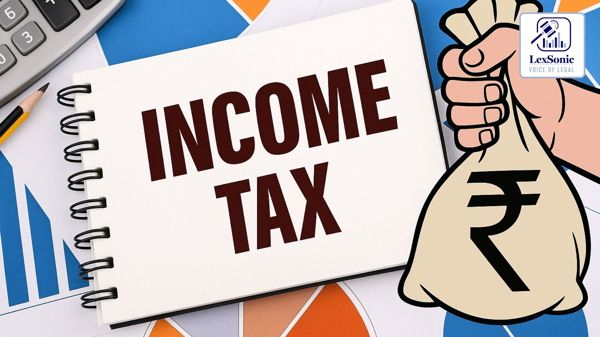Taxation vs. Truth: Examining the Legal Framework for Disputed Bogus Purchases.
07 August 2024
Income Tax >> Tax Laws
In the intricate world of tax law, disputes often arise over seemingly straightforward issues like purchase transactions and their authenticity. A recent case highlights the complexities involved when the revenue authorities question the genuineness of purchases made by an assessee, and the nuanced judgments that follow. This article delves into a noteworthy case involving the Income Tax Appellate Tribunal (ITAT) and the various facets of tax law concerning bogus purchases.
Background:
The crux of the case revolves around two appeals filed by the revenue against a common order dated 3 August 2017 issued by the ITAT. The appeals pertain to the assessment years 2009-2010 and 2010-2011. The issue at hand was the legitimacy of purchases amounting to Rs. 1,34,25,500/- made by the assessee, a trader in resins and chemicals. The Assessing Officer (AO) had invoked Section 147 of the Income Tax Act, 1961, to reassess the completed assessments, based on information from the DGIT (Investigation) suggesting that the purchases were from dealers deemed ingenuine by the Sales Tax Department.
Despite the assessee’s submission of detailed documentation—including ledger accounts, supplier confirmations, and purchase bills—the AO rejected these transactions as dubious. Consequently, an addition of the entire purchase amount was made under Section 69C of the Act, leading to substantial tax implications.

The Dispute: Addition vs. Estimation:
The assessee challenged this decision before the Commissioner of Income Tax (Appeals) [CIT(A)], arguing that the AO’s rejection of the purchases was unfounded since the books of accounts were not rejected under Section 145(3) of the Act. The assessee further contended that an alternative estimation of profit should be considered. The CIT(A) estimated the profit on disputed purchases at 12.5% but adjusted this figure by subtracting the gross profit already declared by the assessee (4.74%), resulting in a net addition of 7.76%. This partial relief did not satisfy the revenue, leading to an appeal before the ITAT.
Tribunal's Ruling:
The ITAT partially allowed the revenue’s appeal, affirming the CIT(A)’s decision to estimate profit on the disputed purchases at 12.5%. However, the Tribunal disagreed with the CIT(A)’s adjustment of the gross profit percentage. It concluded that the gross profit margin declared by the assessee in relation to sales did not directly correlate with the disputed purchases. Therefore, the entire profit margin should be assessed without adjusting for the already declared profit.
Key Legal Questions:
The revenue raised two significant questions of law:
- Whether the ITAT was justified in limiting the addition under Section 69C to 12.5% instead of the full amount.
- Whether the ITAT erred in relying on case law that did not directly address bogus sales.
The revenue’s contention was that the entire amount of disputed purchases should be taxed, while the assessee argued that these were factual matters and no substantial question of law was involved.
Court’s Perspective:
In reviewing the case, the court noted that the AO’s approach in rejecting the purchases based solely on general information from the Sales Tax Department, without specific evidence, was flawed. The court emphasized that for transactions to be deemed entirely bogus, concrete proof was necessary. It highlighted that the AO's decision lacked specific evidence linking the transactions to any fraudulent activity. The court also concurred with the Tribunal's decision to estimate the profit at 12.5% on the disputed purchases but rejected the idea of reducing this figure based on the gross profit declared on sales. The core argument was that the profit margin on purchases should be considered separately from the gross profit on sales.
Conclusion:
This case underscores the importance of a thorough and well-supported investigation when dealing with allegations of bogus transactions. It reinforces the principle that tax authorities must rely on concrete evidence rather than general information. Moreover, it illustrates the nuanced approach needed in assessing disputed transactions and the role of various judicial bodies in resolving such issues. In essence, while the Tribunal’s ruling provided some clarity, the case serves as a reminder of the complexities involved in tax disputes and the need for meticulous examination of evidence and adherence to legal standards
